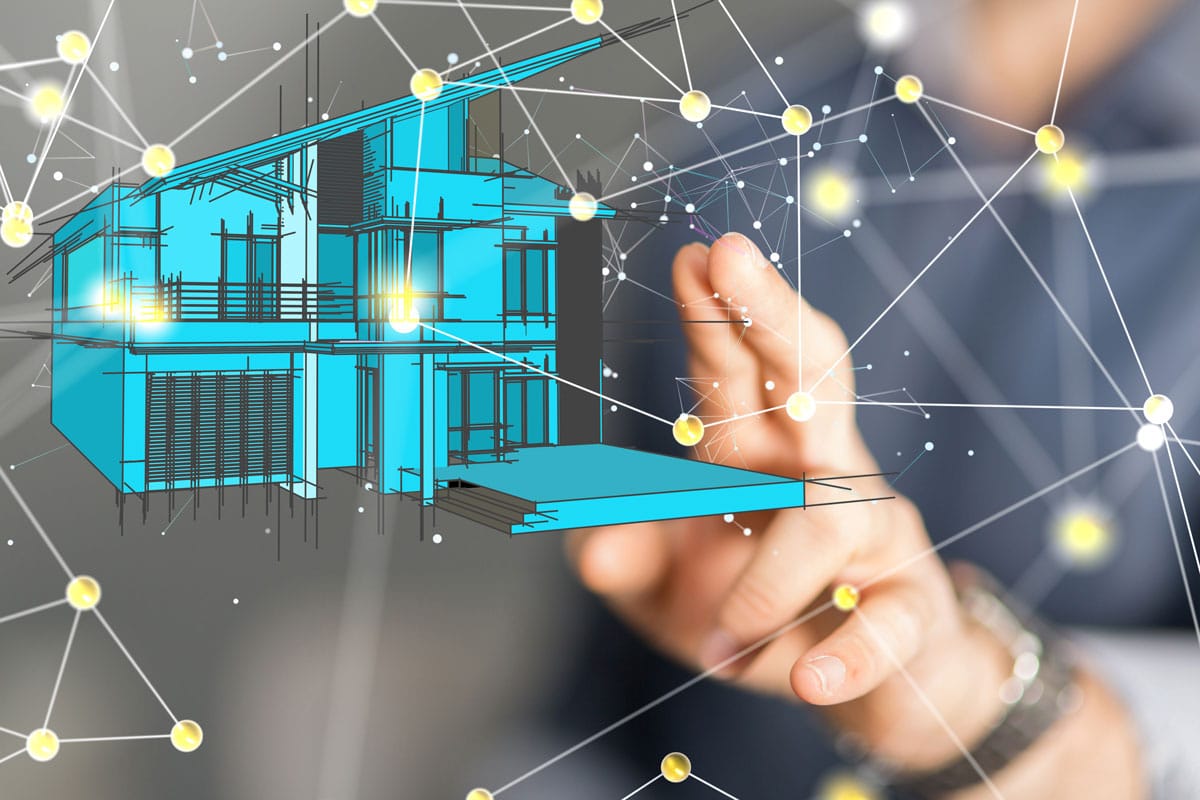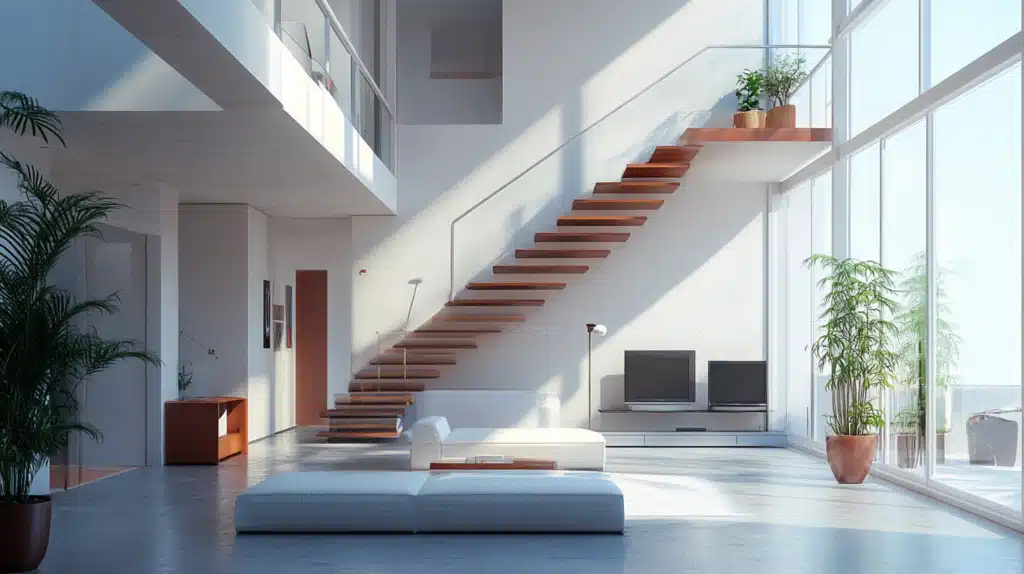Bringing smart technology into a home isn’t just about convenience—it’s about creating a seamless, efficient, and aesthetically pleasing environment. Whether upgrading a single room or rethinking an entire space, the right approach ensures that technology enhances rather than disrupts daily life.
From maximizing functionality in small spaces to selecting the right home automation systems, these best practices will help integrate smart technology into your home without unnecessary clutter or frustration.
Integrate Smart Tech Without Disrupting Your Home’s Design
A well-designed home is one where technology blends effortlessly into the space rather than standing out as an afterthought. In smaller living areas, this balance becomes even more critical. Maximizing small spaces requires creative storage solutions that accommodate smart devices without sacrificing aesthetics.
Hidden compartments, multipurpose furniture, and built-in tech storage help keep wires, hubs, and devices neatly tucked away while ensuring they remain easily accessible.
Choosing recessed lighting, smart mirrors, and wall-mounted controls helps maintain a streamlined look while still incorporating the latest technology. The key is to make smart devices an organic part of the home’s layout rather than something that competes with its overall design.
Choose the Right Smart Home Bundles
A connected home works best when devices communicate seamlessly with each other. Choosing the right smart home bundles ensures that lighting, security, entertainment, and climate control systems integrate without compatibility issues. Instead of piecing together separate gadgets that may not work well together, these bundled solutions offer a more cohesive approach, reducing setup headaches and improving efficiency.
Whether automating door locks, setting up voice-controlled assistants, or installing smart thermostats, having an ecosystem where all elements work in sync enhances both convenience and security. A carefully selected system simplifies control, allowing homeowners to manage everything from a single app rather than juggling multiple platforms.
Future-Proof Your Home for Emerging Technologies

Technology evolves quickly, and what feels cutting-edge today may be outdated in just a few years. Future-proofing a home requires choosing smart tech that is adaptable, scalable, and upgradable. Opting for devices that receive regular software updates ensures continued compatibility with new innovations.
A solid Wi-Fi network with strong coverage is essential for handling multiple connected devices, while smart wiring solutions help accommodate future upgrades without major renovations.
Open-source and widely supported platforms also offer greater flexibility, preventing homeowners from being locked into a system that may not evolve with changing technology. Investing in solutions designed for long-term adaptability keeps a smart home from becoming outdated too soon.
Maintain Security While Expanding Smart Home Capabilities
With every new connected device, security risks increase. Ensuring that a smart home remains safe starts with strong network protection. Setting up a dedicated Wi-Fi network for smart devices, regularly updating passwords, and enabling two-factor authentication are simple but effective ways to prevent unauthorized access.
Firewalls, VPNs, and encrypted storage add extra layers of security, protecting sensitive data from cyber threats.
Smart security systems with encrypted communication protocols also help safeguard homes from breaches. Homeowners should always research privacy settings and customize permissions, ensuring that personal data isn’t unnecessarily shared or stored in unsecured locations.
Automation Improves Both Efficiency and Daily Routines
The true power of smart technology lies in automation. Setting up customized routines allows homeowners to program devices to operate based on schedules or triggers. Automated lighting can adjust throughout the day to match natural light patterns, reducing energy consumption. Smart thermostats learn preferences over time, optimizing heating and cooling without manual adjustments.
Voice and motion controls further streamline interactions, making it easier to control entertainment systems, security cameras, and even kitchen appliances. By programming devices to work together, homeowners eliminate repetitive tasks while improving overall energy efficiency and comfort.
The Role of Smart Outdoor Technology in Home Automation
Smart technology isn’t limited to the indoors. Outdoor spaces benefit from automated lighting, weather-resistant entertainment systems, and connected irrigation systems that adjust based on real-time weather data. Smart locks and security cameras provide additional layers of protection, while automated awnings and temperature-controlled patios extend usability across different seasons.
The ability to control outdoor lighting, fountains, and speakers from a mobile device enhances convenience while reducing unnecessary energy use. Well-integrated outdoor tech ensures that the functionality of a smart home extends beyond its walls, creating a more connected and efficient living space.















